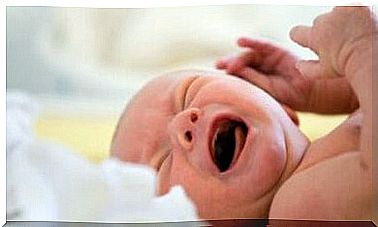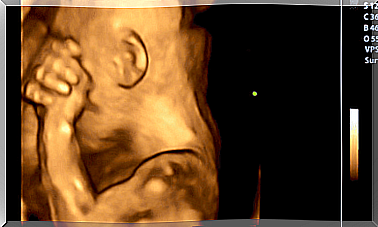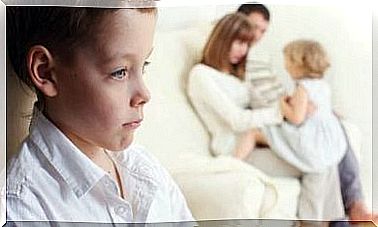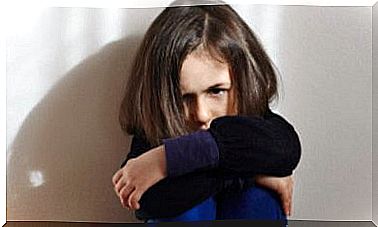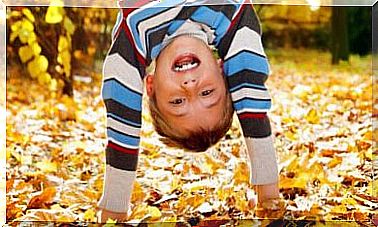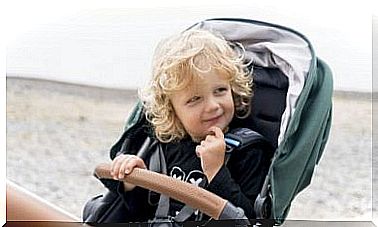Disinhibited Addiction Disorder
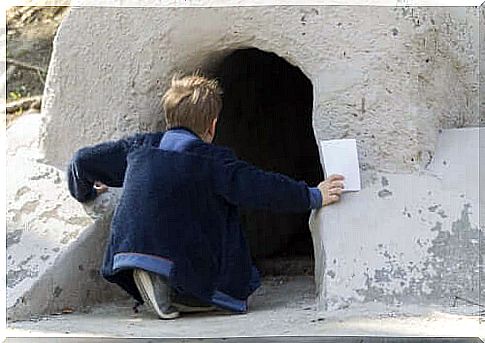
Parents like their children to have good socialization and to be able to relate to others properly. However, at times, the child’s disinhibited behaviors may indicate that the child is suffering from a disinhibited attachment disorder.
It is common for this disorder to appear between 9 months and 5 years of age, during infancy, although it may persist over time. It is characterized by the fact that the little one has no fear and no apprehension to start an interaction with strangers, besides showing an uninhibited social behavior. Do you want to know more about disinhibited addiction disorder? So keep reading.
Characteristics of disinhibited attachment disorder
- Children with this disorder present uninhibited social behaviors, that is, they are not frightened by the presence of other people they do not know and immediately establish an interaction as if they knew them.
- These behaviors complicate your relationship with other children or adults.
- It appears in childhood, between 9 months and 5 years of age, although the disorder may continue to be present after these ages.
- They initiate contact with any stranger and can put their life at risk because they don’t see the danger of starting a conversation or leaving with a stranger.
- They seek attachment, even with strangers.

Diagnostic criteria
These criteria are those included in the DSM-V manual:
- Approaching behaviors with strangers with an absence of distrust.
- The child has already gone through situations in which he/she had a lack of care or attachment on the part of his/her primary caregiver.
- Age between 9 months and 5 years.
- These behaviors must be present for at least 12 months. Above 4 years of age, symptoms would be driven by constant calls for attention and disproportionate expression of affection.
Symptoms associated with disinhibited addiction disorder
Most symptoms have to do with the child’s behavior, more specifically, with their way of socially relating to others, especially adults.
- Absence of feelings of fear towards strangers.
- Interact uninhibitedly with unknown adults or strangers.
- Generally, they do not resort to or need their parents or caregivers in an unfamiliar environment.
- Tendency to accompany strange adults.
- Excessive verbal and physical affective behavior for your age and social norms.
Causes of Uninhibited Attachment Disorder
- It can be caused by an attachment disorder in childhood if you did not receive the necessary care and affection as a baby.
- Furthermore, there are some theories that indicate that there may be some biological circumstances associated with the child’s character and his regulation of affect. They indicate that there may be certain changes in some areas of the brain, such as the hippocampus, amygdala, or prefrontal cortex, that give rise to these behavior problems, although they have not yet been confirmed.
- However, what was observed as a main cause for this disorder is lack of care, family violence, education in an orphanage where there is a lack of affection or frequent changes in the main educator. Thus, the child cannot establish a healthy attachment bond with anyone, which leads to the development of this disorder.
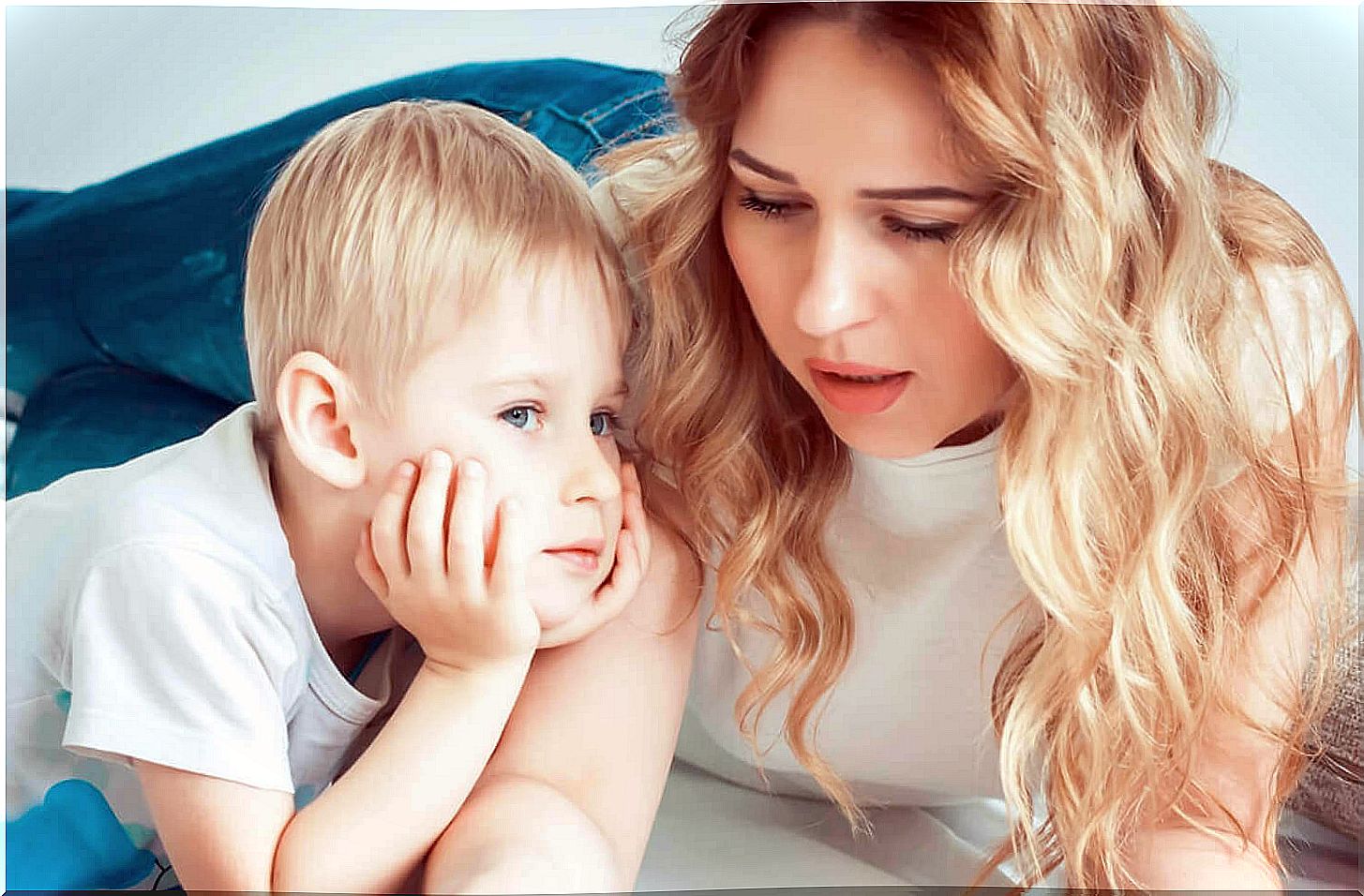
Treatment
In such cases, it is advisable to provide the child with a stable attachment figure. Children with this disorder have totally distorted relationship patterns. Thus, it is necessary to work, both with her and with her parents, to establish a positive interaction between them.
In this sense, the objective is to change both the behavior of the parents and the child.
- With parents, how to convey security, to be emotionally available, and to remain an attachment figure must be worked out.
- With the child, the reconstruction of the feeling of security must be worked on in order to rebuild the attachment bond in a positive and healthy way.
Help for Uninhibited Addiction Disorder
If you suspect or have doubts that your child may have Inhibited Attachment Disorder, it is important to seek professional help to do a more thorough evaluation and thus find a solution as soon as possible.
